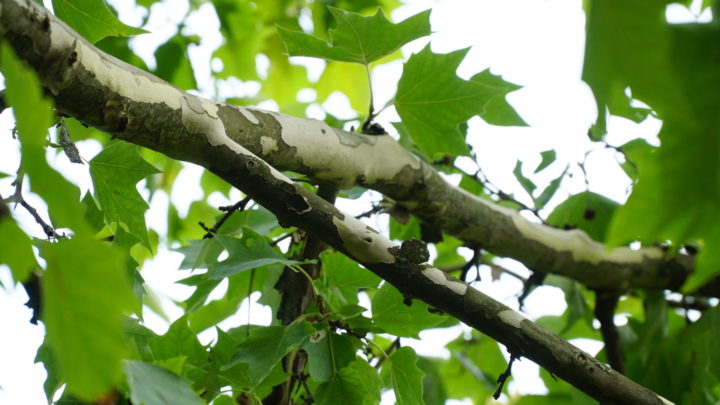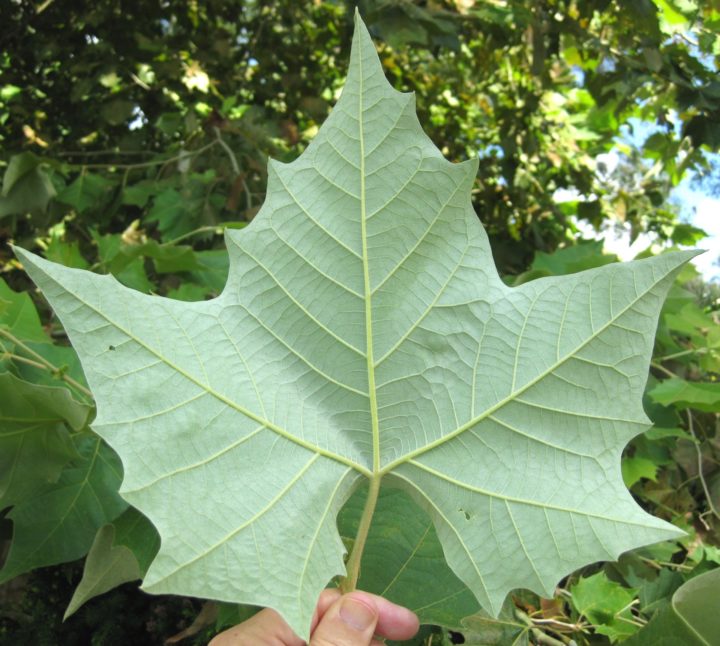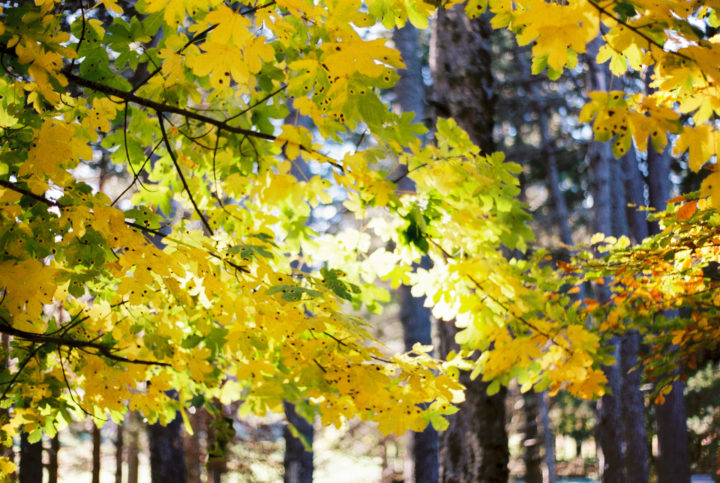Sycamore trees are a common sight in central Texas, where they can be found growing in yards and native areas. The warm climate of the region makes it an ideal habitat for these majestic trees, which can reach heights of up to 100 feet.
Sycamores (Platanus occidentalis) are also known as the American planetree, occidental plane, buttonwood, or water beech tree. They are recognizable by their large, broad leaves and striking white bark that peels away in patches. While these trees provide beauty to the landscape, they can also be potentially hazardous if located too close to a home or other structure. Homeowners should take care to properly maintain their sycamore trees to ensure safety and prevent any potential damage from occurring.

Types of sycamore trees in Central Texas
Sycamore trees come in two main varieties: the American sycamore and the Mexican sycamore.
The American sycamore is a hardy tree that can survive in a variety of climates and soil conditions. Its large, lobed leaves provide plenty of shade from the hot Texas sun, and its white bark makes it an attractive addition to any landscape. The American sycamore can grow up to 100 feet tall, making it an impressive sight when fully grown.
The Mexican sycamore is a smaller variety of the American sycamore, reaching heights of up to 50 feet. Its leaves are narrower and more pointed than those of the American sycamore, and its bark is lighter in color, with fewer patches of peeling bark. But the easiest way to tell the difference is that the Mexican sycamores are distinctively whiter on the underbelly of the leaf.

Both varieties of sycamore provide an abundance of shade and beauty to central Texas landscapes, but the Mexican sycamore may be preferable for areas near structures due to its smaller size.
The benefits of planting and maintaining sycamore trees
Sycamore trees provide a number of benefits to the environment, and they can be a great addition to any landscape. They are drought-resistant, making them ideal for dry climates, and they are also resilient to disease and pests.
They are fast-growing and provide shade in the summer months. This is why they are on our list of Top Shade Trees for Central Texas.
Finally, planting a sycamore tree is an investment that will last for many years—they can live up to 150 years with proper care. Proper maintenance includes pruning away dead or diseased branches and fertilizing regularly. With regular care, your sycamore tree will remain a beautiful part of your landscape for generations to come.

Potential hazards and downsides of sycamore trees
Though sycamore trees provide many benefits to the landscape, they also have potential hazards and downsides. The large size of a mature sycamore tree means that it can potentially cause damage to homes or other structures if it is not properly maintained. This is especially true in areas with heavy winds.
Side story: Before my brother’s wedding rehearsal dinner, we gathered in a park near the restaurant. There were over 30 people chatting under a few enormous, mature American Sycamores. They were beautiful and shaded us from the afternoon sun. Less than 10 feet away from me, a massive branch fell right in the middle of our group — it miraculously missed everyone. It would certainly concussed anyone unlucky enough to be under it.
Less seriously, they are deciduous. That means that they drop their leaves each fall. These large crunchy brown leaves can make a huge mess. Some people don’t want to have to deal with that, but fall colors can also be a welcome change for Austin landscapes.
Homeowners should take care to regularly prune away dead or diseased branches, fertilize when necessary, and monitor for signs of pest infestation. By taking these precautions, homeowners can ensure that their sycamore tree remains safe and healthy for years to come.

